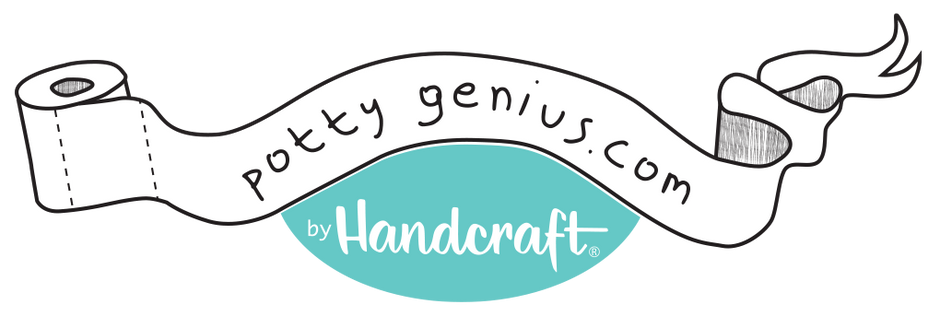Elimination Communication for Early Potty Training
“Assisted infant toilet training” refers to the way infants are taught to eliminate in many parts of the world. This method is used in China, India, Africa, Central America, and South America, especially in what are called “developing countries.” Not only do many people there not have access to washing machines, they may not even have indoor plumbing. Diapers are not used.
“Assisted infant toilet training” (also called “
elimination communication”) refers to the way infants are taught to eliminate in many parts of the world. This method of early potty training is used in China, India, Africa, Central America, and South America, especially in what are called “developing countries.” Not only do many people there not have access to washing machines, they may not even have indoor plumbing. Diapers are not used. In developed countries like the United States, when disposable diapers first appeared, no one thought much about their environmental impact. Now, many parents don’t want to contribute to the billions of diapers in landfills. Even the process of washing cloth diapers uses up lots of water and energy. Some of the parents most worried about the environment like the idea of diaper-free, assisted infant toilet training adapted for Western countries and called “elimination communication.” Additionally, they feel that elimination communication enhances the parent-baby bond.
Elimination Communication in Developing Countries
In many developing countries, a mother carries her bare-bottomed infant. She learns the sounds and movements the infant makes before they are going to eliminate. She then holds the infant where she wants them to go, usually outside. She carefully supports the child's body, using one position for him to urinate and a different position for a bowel movement. This elimination communication makes eliminating easier for the baby. At first, the mother takes their child to the correct spot. Frequently, she makes sounds to emphasize the relationship between urination or defecation and the position/place it is supposed to occur. Over time, the baby eliminates when they are placed in position and can hear the sound. Later, the baby learns how to signal to the mother that they need to go. Once the child begins to walk, they are expected to get to the right place themselves.
Elimination Communication in “The West”
In addition to having concerns about the environment, some parents in the United States and other developed countries are unsatisfied with “Western” toilet training. They may try
elimination communication. This adaptation of traditional assisted infant toilet training has many proponents who have written books and launched websites. There is a lot of available information about it. Enthusiasts say that parents who cannot keep their babies out of diapers all of the time can employ elimination communication part time and use diapers when necessary. Parents teach infants to go in an appropriate receptacle, which can be a special potty or toilet. Some even use a sink. This technique has four essential components – timing, signals, cueing, and intuition.
Timing. Small babies may urinate every ten minutes; older children less frequently. Babies can have multiple bowel movements a day or one every day or two. When it comes to early potty training, parents
must know their baby’s timing. Signals. Parents must be aware of the sounds and movements their baby makes before he or she eliminates and take them to the correct area when signals occur. Later, a baby may learn to look at or point to the potty.
Cueing. Parents teach their baby to associate a sound with elimination, usually one for urination and a different one for defecation. At first, the parent makes the sound when the baby eliminates. Later, the sound tells the baby to go. Sometimes, the position the baby is placed in is the cue instead.
Intuition. Parents who use the elimination communication method frequently say they intuit that their baby needs to go.
Early Potty Training Controversy
Many pediatricians and other experts believe that infants cannot physically control their elimination. Therefore, they consider elimination communication to be parent training. Also, it is time-consuming. How can a family with two working parents really use this method for early potty training? Pediatricians do not believe parents should feel guilty if they can’t. However, most will say it does no harm to try and certainly encourages the close bond between baby and parent. Dr. T. Berry Brazelton discussed this in a
2006 article.
When Is This Training Finished?
Based on the original model from other cultures, children raised with elimination communication should know where they are supposed to eliminate by the time they are old enough to walk. When parents decide to actually “toilet train,” they are starting with a child who has already mastered the basics. Proponents of elimination communication do not necessarily see it as a toilet training method. They believe that actual toilet training can be started at a younger age and will be easier for a child who has already learned to control his elimination. Strangely enough, as some parents in the United States try to go diaper-free, the availability of disposable diapers in the developing world has led to the introduction of “Western” toilet training. These two ways of looking at
infant training are under discussion in China and other places all over the world.
Additional Potty Training Resources:
Infant Potty Training: What Is It and How To Do It When To Start Elimination Communication For Potty Training

